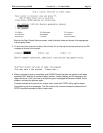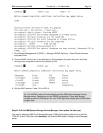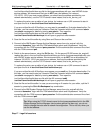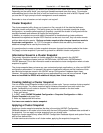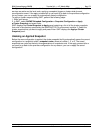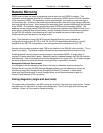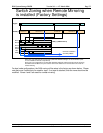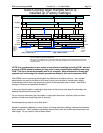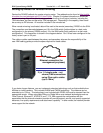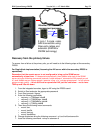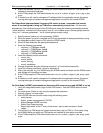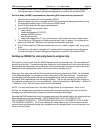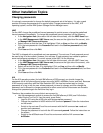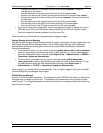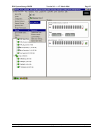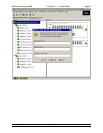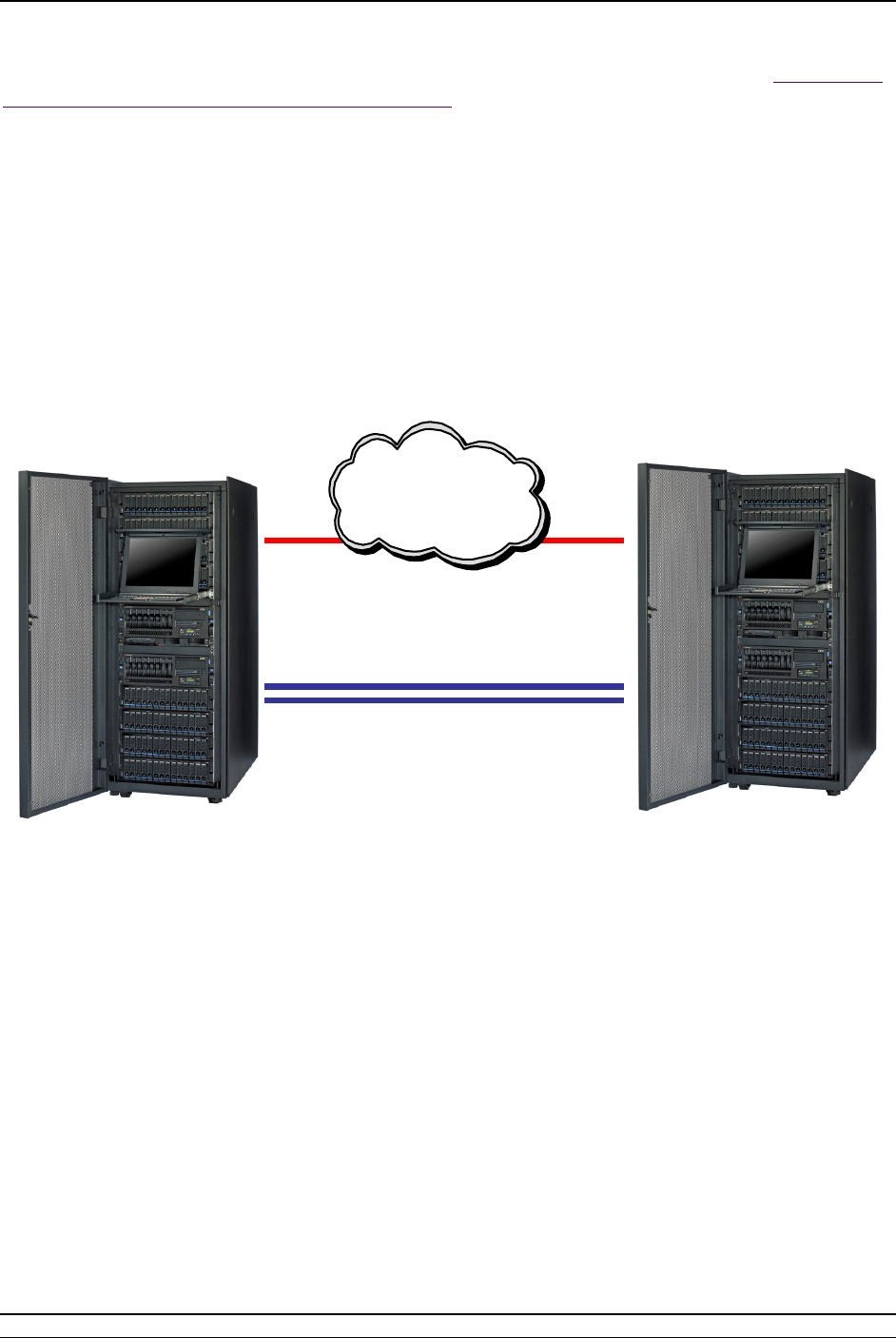
IBM System Storage DR550 Version 3.0 ------17 March 2006 Page 77
IBM Storage Systems Copyright © 2006 by International Business Machines Corporation
Setting up DR550 for remote mirroring
Review the DS4000 redbook for remote mirroring setup. The redbook can be found at http://publib-
b.boulder.ibm.com/abstracts/sg247010.html?Open. Chapter 9 includes information on enhanced
remote mirroring. You will to need to set up remote mirroring for all logical volumes, including the
TSM data base, log files and the entire TSM storage pool. Depending in the capacity, there could
be as many as 22 volumes. All must be included in the mirrored set.
When remote mirroring is activated, data will be sent to the remote (secondary) DR550 via the SAN.
The connection must be made between port 10 in the SAN switch (both switches is a dual node
configuration) in the primary DR550 and port 10 in the SAN switch (both switches in a dual node
configuration). This connection is shown in the diagrams below. Port 10 has been configured in the
factory as an e-port or ISL port.
The cable or cables used between the primary and secondary sites are the responsibility of the
user. IBM cabling guides provide the specs required for these cables.
Ethernet connection (for
management purposes)
2 (or 1 if single node – not
shown) SAN connections
using Fiber-optic cables
(up to 10km)
If you desire longer distance, you can implement extension technology such as that available from
McData or similar vendors. This includes DWDM and CWDM technology. The distance can be
extended up to 100 km. This technology is not included with DR550, but must be sourced from the
appropriate vendor. When using Metro Mirror or Global Mirror over network technologies such as
Fibre Channel, Ethernet/IP, ATM-OC3, and T1/T3, IBM supports the configuration with the
expectation that the channel extension provider will provide support, service, and specify supported
distances, line quality requirements and attachment capability. In other words, the network provider
owns support for the network.



